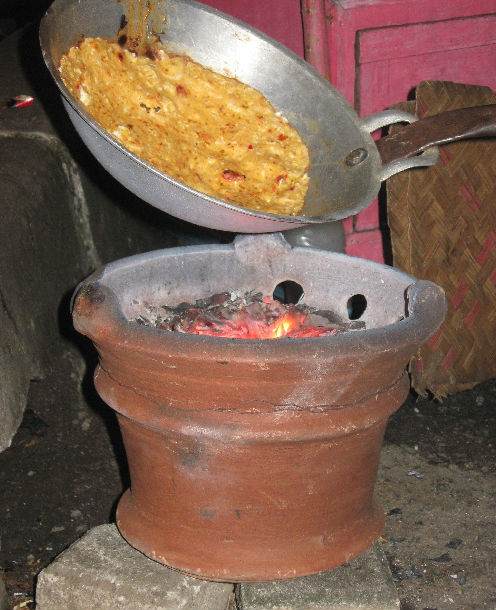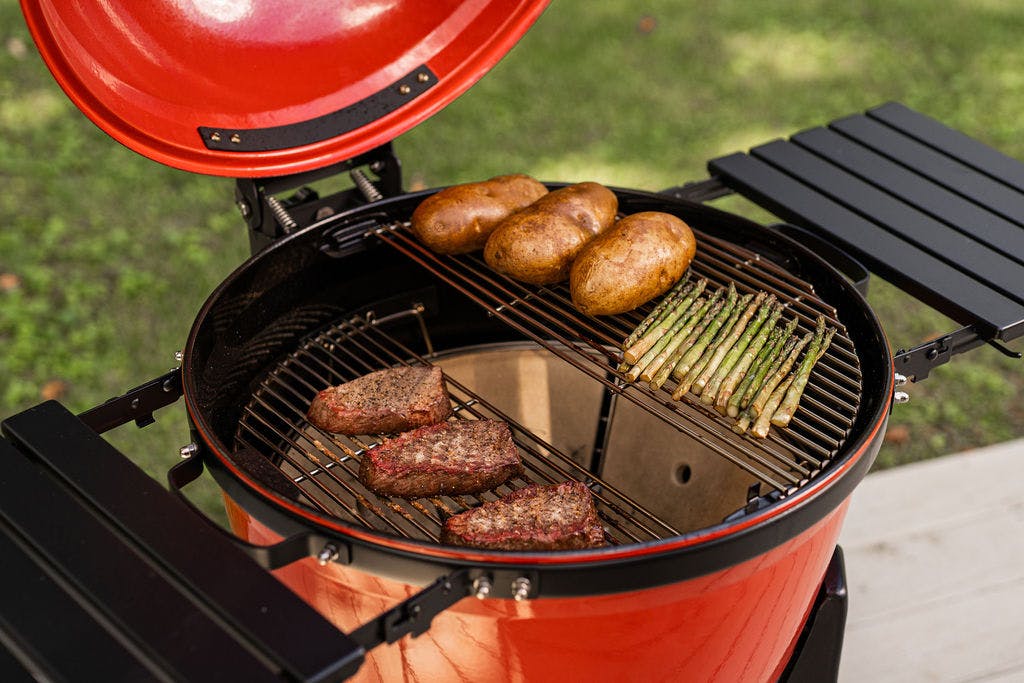The Kamado grill is a legendary cooking tool with a rich history stretching back thousands of years. From its ancient roots, it has evolved into one of the most versatile and cherished grills on the market today. This article explores the fascinating history, development, and ongoing popularity of the Kamado grill among modern grilling enthusiasts.
Ancient Origins of the Kamado Grill
The origins of the Kamado grill trace back over 3,000 years to ancient Asia. The term "Kamado" comes from a Japanese word meaning "stove" or "cooking range," though the design initially took root in China. The Chinese created a clay vessel known as the "Yan steamer," which served as an early prototype for the Kamado grill.
This design later traveled to Japan, transforming during the Kofun period (300–538 AD) into the "mushikamado." Primarily used to steam rice, the mushikamado relied on wood or charcoal, creating a foundation for the charcoal grilling method that Kamado grills are famous for today.
The Japanese Refinement of Kamado Grilling
In Japan, the clay cooking vessel was refined to include domed lids and improved airflow controls—features that continue to define Kamado grills today. By the early 20th century, the Kamado had become a staple of Japanese cooking, known for its ability to cook food slowly and retain moisture.
The thick clay or ceramic construction of these early models allowed for steady, even heat distribution, ideal for achieving deep, smoky flavors. This heat retention and control capability made the Kamado a beloved choice for a range of cooking methods, from slow roasting to high-temperature grilling.
Kamado Grills Make Their Way to the West
Kamado grills entered Western households after World War II when American servicemen in Japan encountered these versatile cookers and brought them home as souvenirs. The popularity of Kamado grills grew, leading to the establishment of Big Green Egg in 1954 by Ed Fisher. Fisher’s company was among the first to commercialize Kamado grills in the United States, using durable ceramic materials to enhance heat efficiency.
Big Green Egg’s success opened the door for other manufacturers, like Kamado Joe and Primo Grills, who furthered Kamado’s popularity across the globe. Today, Big Green Egg remains a leader in the Kamado industry, joined by various brands offering diverse models and features.
The Science of Cooking with a Kamado Grill
Kamado grills excel in heat retention, thanks to their thick ceramic or clay walls. These materials create a controlled cooking environment that enables even heat distribution and long cooking times, making Kamado grills ideal for both searing and low-temperature cooking.
Designed with dual vents, Kamado grills offer precise temperature control, allowing temperatures from 200°F for slow smoking up to over 700°F for searing. Their egg-shaped structure enhances airflow within the cooking chamber, creating a convection effect that cooks food evenly and locks in flavor.
Modern Innovations in Kamado Grilling
Though Kamado grills’ basic design has remained consistent, modern manufacturers have introduced various enhancements. Kamado Joe, for instance, features the divide-and-conquer cooking system, enabling users to cook multiple foods at different temperatures simultaneously.
Additional innovations include heat deflector plates for indirect cooking, rotisserie attachments for even cooking, and smart temperature controllers that help maintain desired cooking temperatures with ease. Today’s Kamado grills come in various sizes, from portable models to larger family-sized versions, often with accessories like pizza stones and griddles, boosting their versatility.

Why Kamado Grills Have Endured in Popularity
Kamado grills have experienced a resurgence in recent years, especially among barbecue enthusiasts and chefs. Their appeal stems from several factors:
- Versatility: Kamado grills are suitable for grilling, smoking, baking, and roasting, making them a go-to for many cooking styles.
- Durability: Built to withstand the elements, modern Kamado grills, especially ceramic models, are highly durable and designed for long-term use.
- Flavor: Kamado grills produce a distinct smoky flavor, enhancing the natural taste of food and providing a depth that gas and electric grills often lack.
- Heat Efficiency: Kamado grills are incredibly fuel-efficient, requiring less charcoal than traditional grills and thus serving as a more sustainable, cost-effective option.
- Community: Kamado grilling has fostered a strong community, with enthusiasts sharing tips, recipes, and techniques, further enriching the Kamado grilling experience.

The Kamado Grill: A Timeless Cooking Tradition That Thrives Today
The journey of Kamado grills is a testament to their lasting appeal. Evolving from simple clay cooking vessels in ancient China, Kamado grills have become an integral part of outdoor cooking. Their unmatched heat retention, flavor enhancement, and versatile cooking capabilities make Kamado grills a timeless choice, whether for the seasoned pitmaster or the casual backyard chef. The Kamado grill embodies a reliable, flavorful cooking experience that stands strong against the passage of time.
